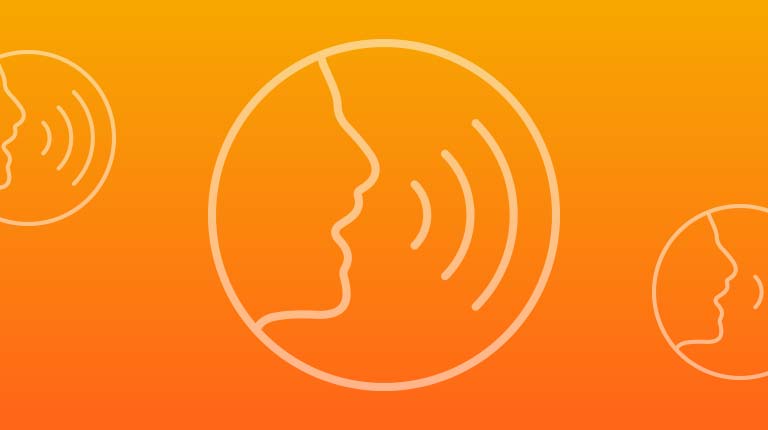Today, customers are at the center of every decision a company makes. Therefore, companies must be in sync with their customers’ wants and needs. So, how can you find out what your customers are thinking and what they want? Jump into their shoes and walk with them through their journey with a Voice of the Customer (VoC) program.
A VoC program captures customer feedback on a particular product or service. An effective program can lead to better alignment between a brand and its customers, improved customer service, and elevated brand perception. It can also be effective in increasing customer loyalty and retention.
Although not new, VoC programs are essential in today’s customer-centric business initiatives. According to the Aberdeen Group, an effective VoC program can lead to an almost 10x greater increase year-over-year in annual company revenue. And, keeping your customers loyal is better for your bottom-line. According to this HBR article, it costs companies five to 25 times more to attract a new customer than it does to retain an existing one, regardless of the industry.
Methods of capturing VoC
How exactly do you step into your customers shoes? Methods to capture VoC are either direct, indirect, or inferred and based on your program goals, you may use one or a combination of methods.
When customers are contacted directly through methods like surveys, phone calls, interviews, NPS, direct email, and email, it is referred to as the direct method. Brands often hire an external market research company to do this for them. In order to compare results and see trends in customer behavior and perception, direct VoC programs are typically run periodically.
The indirect method is best described as“listening” to customers. It’s conducted by looking at customer website behavior, online communities, reviews, ratings, and social media. This method is considered indirect because customers are leaving feedback about a company’s product or service without being directly asked by the company. Though the customers initiate the feedback in this method, the company can encourage an indirect VoC program by offering multiple, easy-to-access channels for constructive feedback. Because indirect VoC feedback is unstructured, it is sometimes difficult to analyze. It is also received on a rolling basis, and therefore requires thorough assessment and performance indicators to get actionable insights.
The last method is the inferred method. This method utilizes data analytics to trace the customer journey and gather information at each stage. With a large range of sophisticated data analysis tools available today, this method can discover hidden customer sentiments and issues that can lead to major improvements in the customer experience. By connecting data points such as website navigation history, purchase patterns, and transactional data, brands can learn a great deal about their customers and their perception of the brand. Combining this data-driven approach with design-thinking techniques such as customer journey mapping (CJM) and empathy mapping, brands can find gaps between delivery and customer experience.
Steps to Building a Successful VoC Program
Your VoC program efforts could be big or small, depending on your strategic goals. Here are the high level steps to successfully gather the right data and insight:
- Plan: Build your VoC around a strategic goal or business problem. Make sure to define the scope and your objectives.
- Listen: Decide and implement the method or combination of method(s) you want to use to gather your feedback. Make sure you vary the channels and types of interactions to reach your customers.
- Analyze: Look at the data and insights in many different ways to find gaps and opportunities. Identify long term goals as well as actions that can be taken immediately.
- Report: Share the consolidated data and insights with the right constituents in order to get buy in and sponsorship for change.
- Act: Triage action items based on level of effort and strategic business value. Create accountability, ownership, and prioritize actions.
The most important thing to remember when embarking on a VoC program is to make sure you follow through on data insights to improve your business.
For more information on how to run an effective VoC program, including best practices, read our ebook A complete guide to the Voice of the Customer (VoC) Program.





